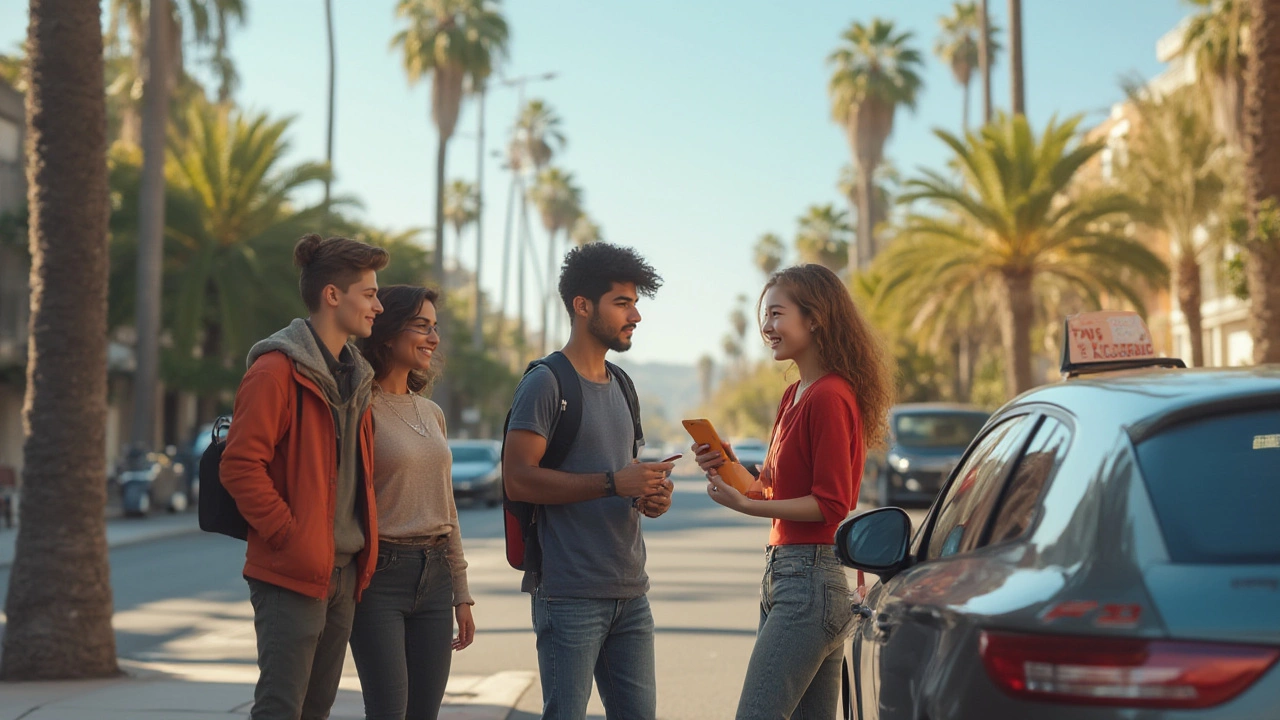Affordable Driving Lessons: How to Keep Costs Low and Skills High
Looking for a driving lesson that won’t empty your wallet? You’re not alone. Most new drivers wonder how much they really need to spend to become safe behind the wheel. The good news is you can get solid training without paying a fortune. Below are practical ways to trim the price tag while still getting the practice you need.
Shop Around and Compare Packages
First step: treat lesson providers like any other service you shop for. Call three schools, ask for a detailed price list, and write down what’s included. Some schools charge per hour, others bundle 10‑hour blocks at a discount. A 10‑hour package can shave 15‑20% off the hourly rate. Don’t forget to ask about hidden fees – paperwork, vehicle use, and insurance can add up.
When you compare, look beyond price. Check the instructor’s experience, the type of vehicle used, and whether the school offers mock tests. A slightly higher rate for an instructor who specializes in nervous drivers can save you a failed test later.
Take Advantage of Off‑Peak Discounts
Most driving schools have busy evenings and weekends. If your schedule is flexible, ask about early‑morning or mid‑week slots. Many schools offer 10‑30% off for lessons booked between 9 am‑12 pm on weekdays. The traffic is lighter, the instructor is less rushed, and you get the same quality for less.
Another tip: book a block of lessons in advance. Schools love guaranteed business and often give a discount for paying upfront. Just be sure you can commit to the schedule, otherwise you might lose the discount.
Use Community Resources and Grants
Some local councils, charities, and employment agencies run subsidised driver training programs. They target young adults, unemployed people, or those who need a licence for work. Search your city’s website for "driver training grant" or call the job centre to ask. If you qualify, the lesson cost can drop dramatically – sometimes to zero.
Don’t overlook university or college driver‑education courses. Even if you’re not a student, many institutions let community members enroll for a modest fee. The curriculum is often robust, and the instructors are seasoned teachers.
Practice on Your Own to Reduce Lesson Time
Every hour you spend behind the wheel with an instructor is money spent. Use the “home practice” rule: after each lesson, spend at least 30 minutes reviewing the maneuvers on a quiet street or empty car park. Focus on parking, stops, and mirror checks. The more comfortable you are, the fewer lessons you’ll need.
If you have a friend with a clean licence, ask to join their rides. Observe their technique, ask questions, and practice safe habits. Just make sure you’re not breaking local laws about unlicensed passengers.
Pick the Right Vehicle for Training
Cars with manual transmission usually cost more to run than automatics. If you’re learning on an automatic, you’ll likely pay less per lesson because the instructor spends less time on clutch control. Decide early which transmission you’ll need for your licence and pick the cheaper option.
Some schools offer “dual‑control” cars – a vehicle with an extra set of pedals for the instructor. These tend to be pricier, but they provide extra safety for nervous learners. Weigh the cost against your confidence level.
Bottom line: affordable driving lessons are possible if you compare prices, use off‑peak times, explore local grants, and practice on your own. With a little research, you can save cash and still walk into your test feeling prepared. Happy driving!
- July 24 2025
- 0 Comments
- Rowan Cavendish
California Driving Instructor Costs: What You’ll Really Pay in 2025
How much does a driving instructor cost in California? Discover exact 2025 rates, hidden fees, what makes prices change, and tips to save money on top schools.
- Driving Lessons (41)
- HGV Training (31)
- Driving Test Tips (31)
- Driving Test Booking (26)
- Driving Licence Renewal (23)
- Driving Theory Test (21)
- Intensive Driving Course (16)
- Pass Plus Course (15)
- Driving Tips (15)
- Driver Licensing (14)
Categories
- December 2025 (13)
- November 2025 (13)
- October 2025 (21)
- September 2025 (5)
- August 2025 (8)
- July 2025 (30)
- June 2025 (30)
- May 2025 (30)
- April 2025 (31)
- March 2025 (30)
- February 2025 (28)
- January 2025 (34)
Archives
- driving lessons
- driving test
- driving tips
- intensive driving course
- driving test tips
- HGV training
- learn to drive
- driving theory test
- driver training
- driving test booking
- pass driving test
- HGV driving
- road safety
- driving license renewal
- Virginia driving test
- learner drivers
- safe driving
- Virginia driver's license
- driving license
- learning to drive

